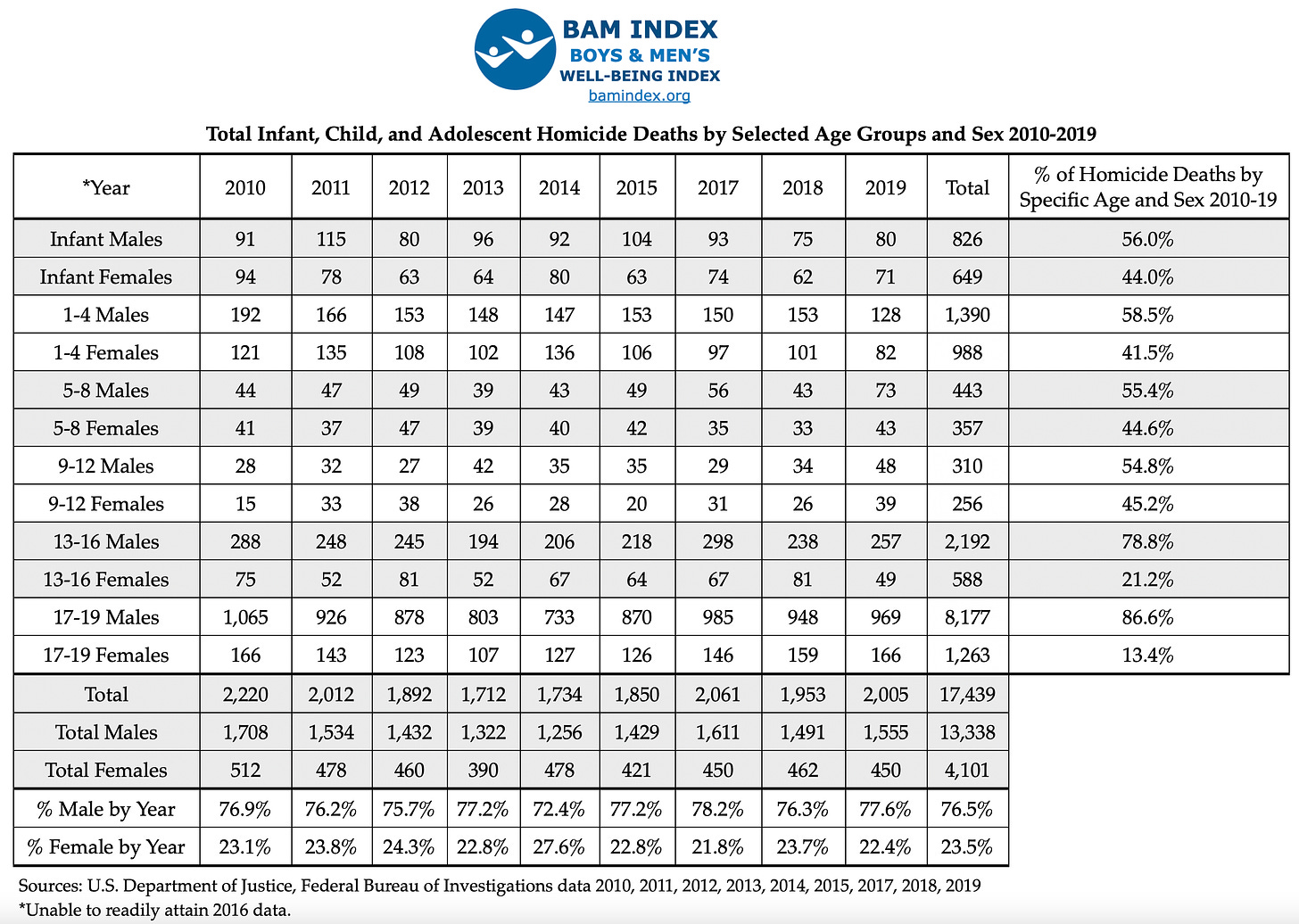The State of Washington, where Michael Gurian resides, has begun an effort to create a Commission on Boys and Men. As you’ll see in this guest blog by the National Director of the Global Initiative for Boys and Men, Sean Kullman, this effort occurs in a national and global context in which boys are struggling across the board.
Thank you, Sean, for this very detailed analysis. It is our hope that every state will look at creating this kind of Commission to augment and partner with their already existing Commissions on Girls and Women.
From Sean Kullman:
The State of Washington is hoping to bring some relief to its sons in great part by the efforts of Washington resident, Blair Daly, legislators, social advocates, and residents seeking to create a Washington State Commission on Boys and Men. Equality for Boys and Men LLC is the sponsor of a grassroots campaign to bring a bill forward that would actualize one of the most vital commission needs in the state. The campaign is receiving support from the Global Initiative for Boys and Men (GIBM). And in a soon to be released state report on the status of boys and men in Washington, GIBM has aggregated and disaggregated data that looks specifically at measurable outcomes in multiple areas. The research shows that Washington needs to urgently institute policies that improve the outcomes of its boys, young men, and men.
From 2019 to 2020, Washington saw a 53% increase in male opioid deaths against a 40% national male average, according to the Centers for Disease Control and Prevention. 2021 and 2022 numbers are likely to show an even greater increase. The 6% to decline in the state’s male suicides, although seemingly a relief, is misleading. It’s nearly impossible to avoid talking about suicide deaths without talking about the skyrocketing opioid crisis. From 2019 to 2020, the percent of male deaths in WA from suicides and opioids combined increased 15%.
I have spoken with legislators at the state and federal level about the alarming increase in opioid deaths and its association with suicide. Many know addiction is a complicated physiological and psychological disorder. For many males, the use of opioids is more than a form of addiction, each use is a potentially acute suicide attempt or suicide death.
There are a lot of reasons boys, young men, and men are turning to drugs and alcohol. Experts, researchers, and writers1 in the field are partly associating it with poor educational outcomes, fatherlessness, a sense of purposelessness, and a host of other reasons often overlooked when policy makers (who do not have the data) are deciding on bills, assembling committees, and making decisions without the verifiable and reliable measures. In some instances, male overdose-deaths are not disaggregated in reports. New data from the Washington Department of Health released in June of 2022 mentioned the “66% increase” in overall drug overdose deaths from 2019 to 2021. While the data did disaggregate by geography and race for 2021 and preliminary data for 2022, the Washington State Drug Overdose: Monthly Updates did not provide readily available data disaggregated by sex for 2021-2022 and GIBM has contacted the WA Department of Health for this data in order to complete its report.
New data show that deaths from drug overdoses continue to increase for Washington residents. Provisional data as of April 4 show drug-related overdose deaths surpassed 2,000 in 2021, a more than 66 percent increase compared to 2019.
“Overdose deaths are a public health emergency, and fentanyl is a major driver,” said Tao Sheng Kwan-Gett, MD, MPH, Chief Science Officer. “What looks like a prescription oxycodone pill could be a counterfeit with more than enough fentanyl to kill. People who use drugs should assume that any drugs bought on the street, online, or from a friend has fentanyl.”
There is definitely a cultural mood at work when it comes to the real challenges boys and men face. In many ways, boys and men are not in vogue in our social narratives because those narratives are driven by groups that have largely abandoned them in pursuit of other interests. And this mood often determines the policy decisions predicated on commitments to some at the expense of others.
There have been nearly 700,000 male opioid and suicide deaths in the U.S. from 2009 to 2020, about the same population as the city of Seattle. And 2021 and 2022 are looking ominous.
While doing research on outcomes in Seattle, there are certain types of outcomes for boys that seem to suggest something more than troubling and something suggestive of a real indifference. In the Myth of Male Power by Warren Farrell Ph.D., Farrell talks specifically about males as the disposable sex, and there is a truth to Farrell’s statement. Although Farrell spoke specifically about teens and adult males in general and the types of jobs and other risks that lead to more deaths, I started looking at homicide deaths and was troubled with what I found.
Some attempt to reconcile male homicide deaths as a product of male-on-male violence and often overlook the victims. The victim lives in the shadow of the perpetrator. But few, if any, are even aware that infant boys, boys 1-4, and boys 5-8 are far more likely to be victims of homicide across the U.S. and in Washington state. These homicides are not overwhelmingly committed by males.
Infants of mothers aged 20–29 years accounted for almost two thirds (65.2%) of infant homicides, [and] the rate among infants of mothers aged <20 years (18.7) was more than twice that among infants of mothers aged 20–29 years (9.1) and more than seven times that among infants of mothers aged ≥30 years (2.6)…. Overall, 75.0% of infant homicide victims were born to unmarried mothers,” according to the Centers for Disease Control and Prevention.

In Washington State, boys accounted for 58% of the 329 infant and child homicide deaths (infant to age 12) from 2000 to 2020 in the CDC database. Infant boys (58%), boys 1-4 years-of-age (58%), boys 5-8 years-of-age (55%), and boys 9-12 years-of-age (59%) accounted for the majority of homicide deaths in their respective age groupings. Overall, boys accounted for 66% of homicide deaths of 1-17 year-olds and 82% of males 17-19 years of age. These sorts of outcomes in addition to suicide, opioids, alcohol deaths, educational outcomes, homelessness, and so many other measures beg the question about the lack of compassion for boys and men on a larger scale.
Instead of a deep and unabashed protection of school aged boys struggling to read, teenagers turning to drugs, and men looking to find careers and solace in family and children, boys, and the men they hope to become, are an afterthought in the political policies and mainstream narratives.
In my experience talking to policy makers, many are simply unaware of the measurable outcomes. When presented with the data, some are ready to take on these issues. One such person is Mary Dye, the Washington House Representative from District 9 who is keenly aware of this crisis and wants a Washington that works and cares for everyone. She was selected to sit on the Washington State Women’s Commission and is sponsoring the bill for a Washington State Commission on Boys and Men with representatives Gina Mosbrucker, Jenny Graham, and Tom Dent.
There are people who truly care about these issues, and we need more of them to step up. And perhaps the cause in Washington is one small step in the march toward a necessary compassion.
To learn more about the efforts to create a Washington State Commission on Boys and Men, click here.
In His Words is a reader-supported publication. To receive new posts and support my work, consider becoming a free or paid subscriber.
Warren Farrell’s Boy Crisis, Michael Gurian’s Boys and Girls Learn Differently, and Richard Reeves recent book On Boys and Men are essential reads.










